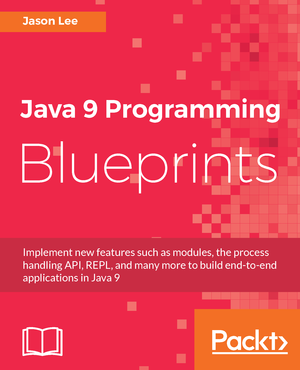A friend asked me today how to get a project’s version out of a Maven POM file without having to read and parse it. A quick Google search brought up the answer, which I thought I’d share here.
If you follow me on Twitter, you may have seen that I’ve been looking for a good media player. This long, painful process involved installing project Foo, along with its 87 dependencies, only to see that I didn’t like it, then running into the same thing with Bar and Baz. Now I have a ton of packages installed that I don’t need, which will irritate me as I think of all the wasted disk space. This morning, I decided to give Cinnamon a try. After seeing its long list of dependencies, I decided to tackle that problem and (the sadly named) tx_yum was born.
I recently had the need to convert several scanned images into one multi-page PDF. While there are probably tools to help do this manually, I knew that there was a good chance I’d have to do something like this again, quite possibly with a large number of images, so I did what any good geek would do: I scripted it. In this entry, I’ll show how I went about that.
I recently ran into an issue with our dependency injection system: it won’t return a list of interfaces, only implementations. That system, for what it’s worth, is HK2, but CDI has the same "problem". Since the rest of the system worked using these interfaces, I really wanted to solve the discoverability issue rather than redesigning that part of the system. After considering and playing with a Maven plugin, I opted to use the javax.annotation.processing API. Let’s take a quick look.
On the Sunday before the recent JAX conference in San Francisco, I was privileged to attend the Speakers' Summit with many of the other speakers for that week. There was a lot of really good discussions, but the biggest thing I took away from it, or at least the most practical, came from Dan Allen’s lightning talk on documentation and removing the pain. That five minute talk stands a good chance of changing the way I write.
I recently posted the slides and the source code from the presentation I gave at JAXConf San Francisco. While that’s helpful for those who were in my session, it’s probably less so for those who weren’t. What I’ll do in this post, then, is discuss the slides and code in detail, skipping over the introductory slides, and getting right to the heart of the matter.
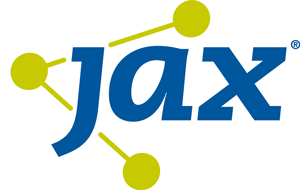
I just finished giving my session at JAXConf San Francisco 2012, "Writing Plugged-In Java EE Apps". I think it went pretty well, though I guess I’ll find out how it really went when the reviews come in. :) Either way, I had a great time. As promised, here is a tar ball that includes the code we looked at during the session, as well as the accompanying slides. Hopefully I’ll be able to get this code put in a proper public repository (such as java.net or GitHub, or both) soon. For now, feel free to play with the code. Fix bugs. Extend it. Whatever comes to mind. :) If you make changes or use it in something, I’d love to hear about it. Thanks to all who attended!
In a perfect world, Firefox, Linux and the Java plugin would get along happily. You’d install all three, and things would just work. If memory serves, that’s exactly what happened under Ubuntu. However, after installing Fedora 17, it just didn’t want to work for me (I’m not blaming Fedora, mind you. I like to live on the bleeding edge, so I install Java 7 nightlies from tar balls and not RPMs, so I probably broke something along the way). After much fumbling and guessing, I finally found a solution, which I’ll share here in case you’re in the same boat:
1
2
$ mkdir $HOME/.mozilla/plugins
$ ln -s $PATH_TO_JRE/lib/amd64/libnpjp2.so $HOME/.mozilla/plugins/libnpjp2.so
And restart Firefox. You can verify that Java (i.e., applets and webstart) is working by going here.
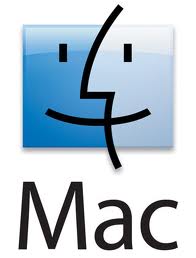
When I joined Sun Microsystems "way back" in 2008, I was asked if I wanted a Mac for my work system. Having heard many extol the numerous virtues of the OS, I jumped at the chance. Since then, I’ve even migrated my wife and family to the OS. Trouble arose last fall, though, with the delivery of a new MacBook Pro (whose purchase was somewhat a miracle, brought about by the tireless efforts from my upper management). Simply put, I got a lemon. After five trips to the Apple Store, which resulted in overnight diagnostic runs; shipment to an offsite, more advanced repair facility; the replacement of the hard drive; and the replacement of the motherboard, I finally broke down and asked for a new machine, knowing it wouldn’t be a Mac. Just over a week ago, a new Lenovo Thinkpad arrived, and, after putting Linux on it, I have to say I’m generally very happy with the system.more
In general, Apple puts together a very nice system in the MacBook Pro. The machine is a physical beauty, and the OS is veyr polished and user-friendly. As a developer, though, there were somethings that bothered me. The lack of any real visibility (that I could find) into the packaging system, the use of plists over conventional Unix configuration files, the odd command-line parameter parsing in the shell, the nearly universal requirement to use the mouse, the odd keyboard layout, etc. had been grating on me. Now I’l grant that many of these are silly or easily resolved, but they were different enough from years of habit-building that I never could get completely used to them, nor could I find workarounds that I really cared for.
From a user experience, my complaints realy boil down to personal preferences. Many will likely read this list and think I’m quite a crank for my age, and that’s fine. We all have different preferences (I recently read a blurb about a Haskell developer — I forget his name — who prefers Windows!. Now that’s crazy, right? ;). At the end of the day, I had some minor quibbles with the OS, but I sucked it up and pressed on, and was generally pretty productive. Much more than I was on the Windows laptop at my last gig.
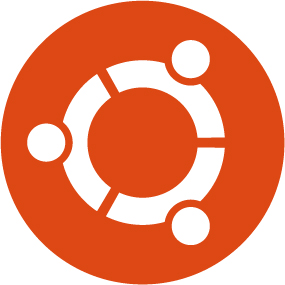
Enter Linux. Or, I should say, re-enter Linux. I’ve been using Linux for many, many years now, so many of the annoyances I found when using OS X were the result of forming habits in that other Unix-like OS. On this new machine, I installed Linux Mint, which seems to the flavor of the day in some circles, and was mostly pleased. I had some odd issues with menus in NetBeans that seem to be GNOME-related, so I tried LXDE, which I found to be a bit…ugly, and finally KDE, with which I had some stability issues. Over the course of part of an afternoon, then, I installed Ubuntu 12.04, since I had read that they fixed all the woes that at first plagued Unity. Surprisingly, I’m pretty happy with Unity. It has its issues, but the system is fast and stable, and lets me work the way I prefer, which is all I really wanted.
Given my experience with this latest system, I doubt I’ll return to OS X in the near future. For me, Linux on the desktop is just about right. The price certainly is.
In a recent post showing how to use JavaFX 2 and NetBeans on the Mac, I noted that I have been unable to run NetBeans using Java 7 on my Mac for reasons I had not been able to figure out. Now, thanks to a pointer from Scott Kovatch, the technical lead at Oracle for the Mac OS X port of Java, I think I can show you how to do that.
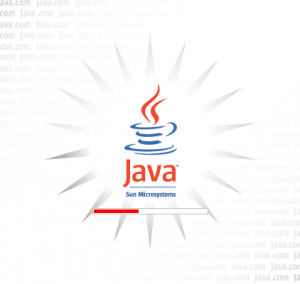
 My name is Jason Lee. I am a software developer living in the middle of Oklahoma. I’ve been a professional developer since 1997,
using a variety of languages, including Java, Javascript, PHP, Python, Delphi, and even a bit of C#. I currently work for Red Hat
on the WildFly/EAP team, where, among other things, I maintain integrations for some MicroProfile specs, OpenTelemetry, Micrometer,
Jakarta Faces, and Bean Validation. (Full resume
My name is Jason Lee. I am a software developer living in the middle of Oklahoma. I’ve been a professional developer since 1997,
using a variety of languages, including Java, Javascript, PHP, Python, Delphi, and even a bit of C#. I currently work for Red Hat
on the WildFly/EAP team, where, among other things, I maintain integrations for some MicroProfile specs, OpenTelemetry, Micrometer,
Jakarta Faces, and Bean Validation. (Full resume 